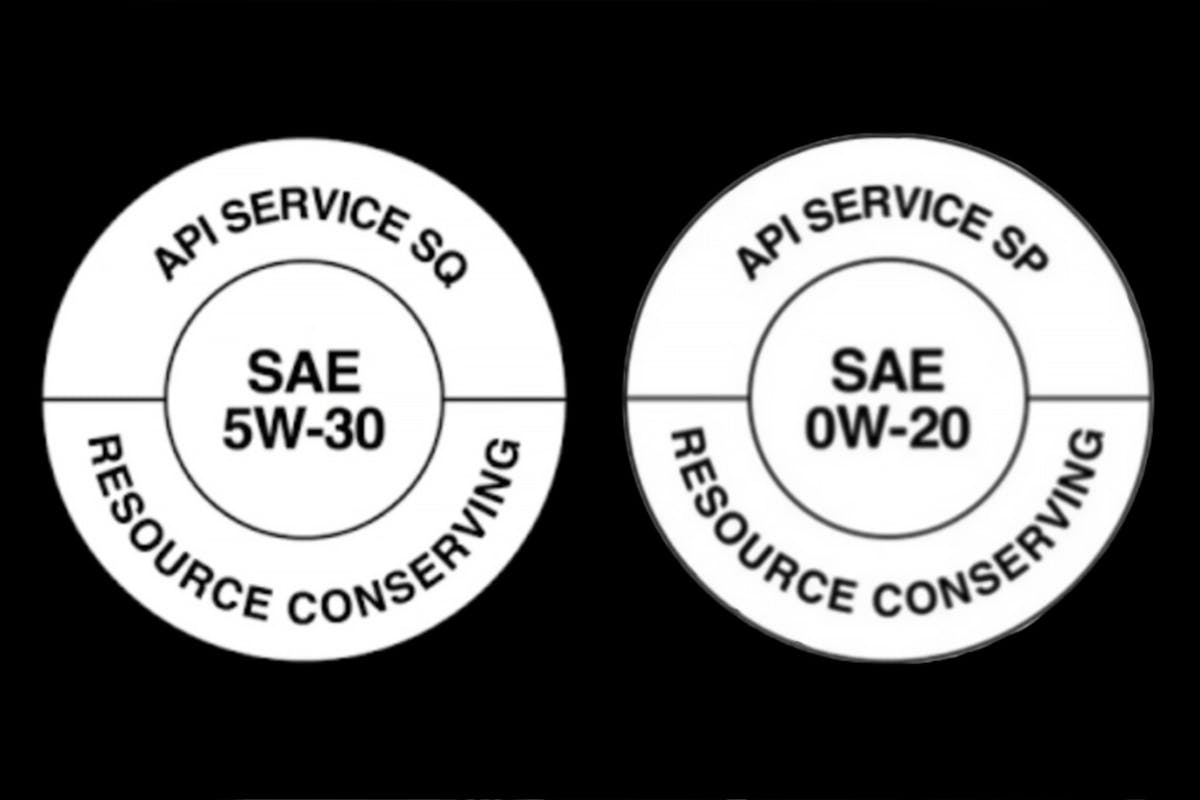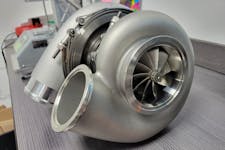If you are an avid EngineLabs follower, you know exactly who Lake Speed, Jr. is. If you don’t, let us enlighten you. Speed is a Tribologist, that is he is a devout student of how lubrication affects friction and wear in moving assemblies. It’s not a job title for him, but a description of his passion and mission in life. So much so that he has his own YouTube channel now after a successful career in motorsports and lubricant manufacturing. In fact he played a role in the introduction of high-zinc oils to the marketplace.
So, when Speed found an oil on the shelf of the local big box store, advertised for “classic cars” ranging from 1951-1996, it piqued his interest. Besides being a four-and-a-half decade span, he wanted to know not only what makes this oil special, but whether or not that 45-year span of model-year vehicles actually need special oil.
Testing The Oil
With someone as scientifically minded as Speed, there are no assumptions being made in his quest for answers. So, to start, he sent a sample of the “classic car” oil to both SPEEDiagnostix and High Performance Lubricants for physical and chemical analysis. This isn’t a standalone analysis, as previously Speed analyzed and compared Modern Mobil 1 oil with vintage Mobil 1 oil, giving him a frame of reference to compare the “Mobil 1 Classic Car” oil to.
For an apples-to-apples test, the same four tests performed in the previous comparison were performed on the “Classic” oil. Those tests are “Fourier Transformed Infrared (FTIR) spectroscopy, Pressure Differential Scanning Calorimetry (PDSC), KRL shear performance testing, and Inductively Coupled Plasma (ICP) spectroscopy. “We’ll be able to see how Mobil 1 Classic stacks up to vintage Mobil 1 and modern Mobil 1,” says Speed.

High-Zinc Formulations
Speed was part of why “High Zinc” oils came to be in the racing world. “20 years ago, oil was different than oil from 30 years ago. And the oil from 20 years ago is totally different from the oil today. One of the main differences was the level of Zinc Dialkyl Dithiophosphate (ZDDP, or just “zinc”) in the oil. Prior to 1996, there wasn’t a limit on how much zinc was allowed in oil,” says Speed. He points out that technically, the limits imposed were on the phosphate levels, but as he points out, “but when you limit the amount of phosphate, you’re limiting the amount of zinc via ZDDP.
In 1996, zinc levels were limited to 1,000 parts per million. “To be fair, that didn’t really cause any problems at the time, even with flat-tappet cams. In fact, in 1999, I went to the Kmart in Port Orange, Florida, and bought every quart of Mobil 1 5W-30 they had on the shelf. That 1,000-ppm-zinc oil finished 10th in the Daytona 500 without any abnormal camshaft wear. Six years later, you could not do that,” explains Speed.

In 2004, the API SM specification was released, and that limited ZDDP to 800 ppm. “That 20-percent change in ZDDP levels caused all hell to break loose with flat-tappet camshafts,” says Speed. “That led to things like zinc additives popping up, and diesel oils became a popular alternative, because they weren’t limited in zinc yet. Then, Joe Gibbs Driven released the Hot Rod line of high-zinc oils to counter the API SM-spec oils.”
As Speed was an integral part of the Hot Rod line of oils, he admits that they didn’t know back then that zinc content was only a part of the camshaft wear equation. “The detergent type and concentration also play a big role in camshaft wear protection,” elaborates Speed. “Basically, we’ve found that while the ZDDP is trying to build an anti-wear film, the calcium detergent is trying to wash it away.”
This all matters, because right on the label of the Mobil 1 Classic bottle, it indicates that it is a high-zinc formulation, and as Speed points out, there is no API service mark on the bottle, meaning it is formulated outside of the API specification. His main concern is how much and what type of detergent is in the oil.

The Lab Results
Speed leads with what he considers to be the most important part of the formulation. “Fortunately, the high-zinc Mobil 1 Classic has a lower amount of calcium detergent. It’s in line with what we would see with a modern API SP-specification oil. Gone are the high calcium levels of the API SM and SN oils. It has added back some magnesium to help provide that longer drain interval, and has a higher level of ZDDP. This is a well-balanced zinc and detergent package,” Speed sums up of the zinc/calcium detergent balance.
The next results on Speed’s radar are shear stability and base oil blend. “Shear stability is really important. Viscosity is the most important characteristic of any lubricant. Some oils will lose viscosity as the polymers are torn and changed. In the 15-minute KRL shear test, the Classic Car oil is showing that it is still in grade. That’s a positive,” says Speed.

Speed notes that it is labeled as a “full synthetic” oil. “What we can see in the FTIR trace is that it contains alkylated naphthalene. That’s a type of Group V synthetic base oil. It’s also the same base oil as we saw in the Mobil 1 Truck and SUV oil we tested, as well as the Mobil 1 Extended Performance. The Group V synthetic brings in some unique characteristics that add to the performance of the oil,” Speed explains. To further pull back the curtain, he also notes the similarity in additive packages between the Classic oil and the 15W-50 Mobil 1. “So it looks like they are using the same technology proven in the 15W-50 Mobil 1, but in a 10W-30,” Speed speculates.
Compared to the other varieties of 30-weight Mobil 1 oils Speed has tested over the years, he concludes that the classic car formulation tested is indeed a different animal, in both base oil and additive package. The 1980s blend of Mobil 1 has both the expected higher levels of zinc (about 1,400 ppm) but also much higher levels of calcium (over 2,600 ppm). “While the older formula doesn’t have as much ZDDP as the Mobil 1 Classic Car, the zinc-detergent balance is much better. In fact it is much better than the extended performance formula or even the modern API SP-spec Mobil 1,” concludes Speed.
So moving on the the initial question posed, do classic cars actually need a special oil? “No,” says Speed. “While I’d like to test this oil with a flat tappet camshaft, I already know, from testing so many other API SP-rated oils, the camshaft is completely safe. Thanks to modern turbo direct-injection engines, we’ve learned that the high levels of calcium detergent were causing low-speed preignition. Modern API SP and SQ-specification oils have lower levels of calcium and higher amounts of anti-wear components in them,” explains Speed.
While the modern oils might not have as much zinc in them, they have additives like MoDTC (a molybdenum-based compound) that supplements the ZDDP for an even better anti-wear performance than just higher levels of zinc. So, no, classic cars do not need some special formulation of oil. Modern SP and SQ oils are perfectly acceptable for classic cars with flat-tappet engines, and potentially even better than older “high-zinc” formulations.

You might also like
SEMA 2025: JE Pistons Has the Recipe for Big Turbo Power with the Audi Daza 5-Cylinder
JE’s DAZA Extreme pistons are a 2618 forging with all the bells and whistles for big turbo power with high boost.








